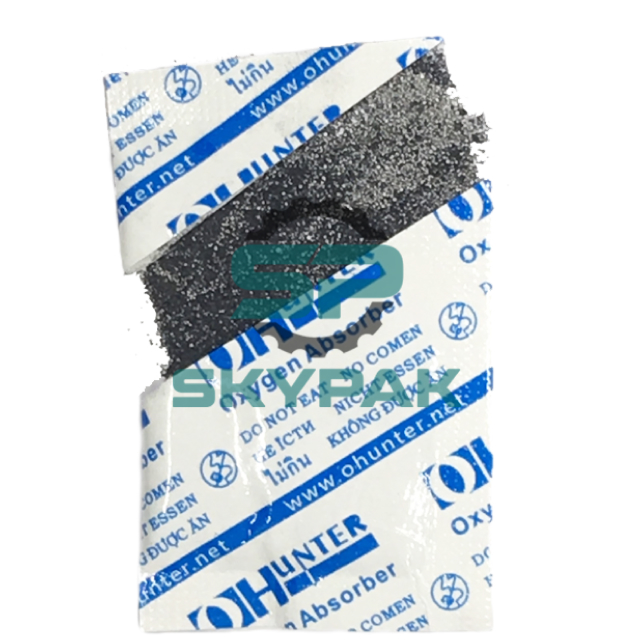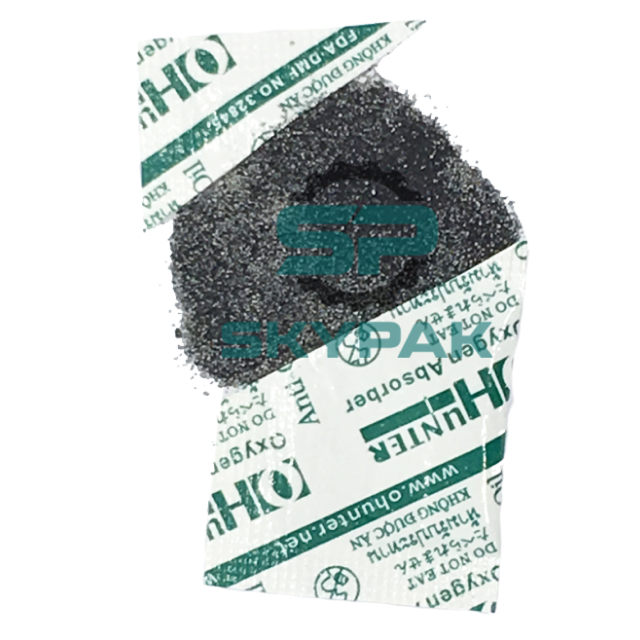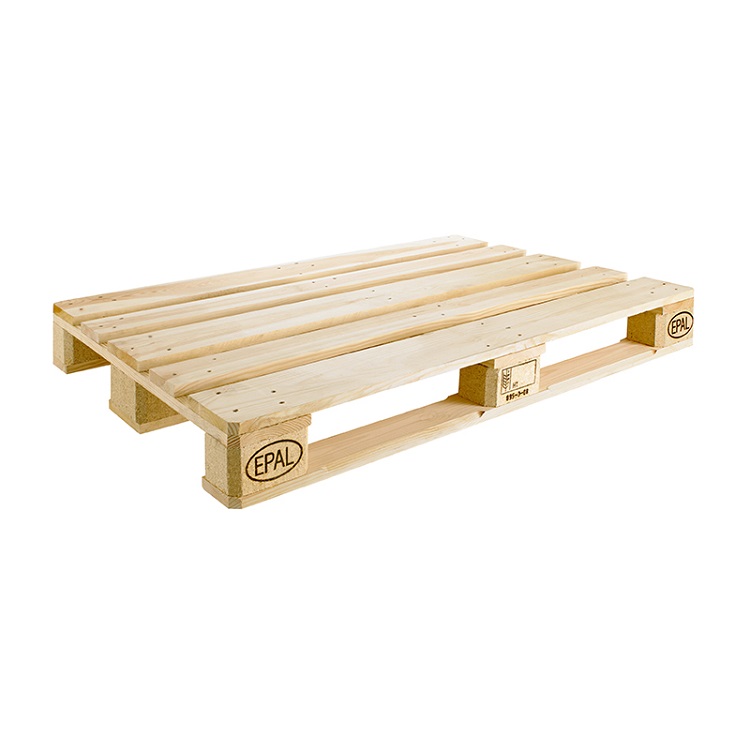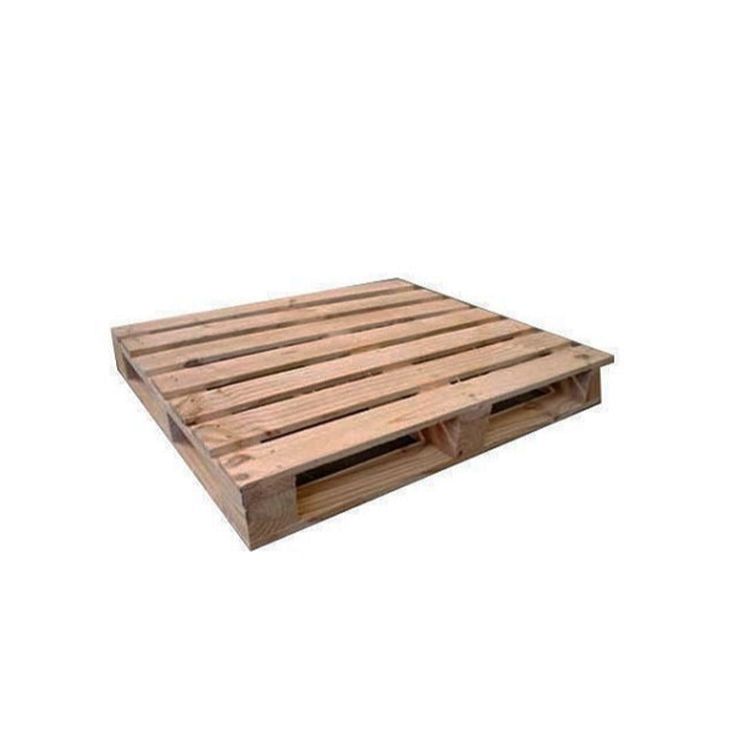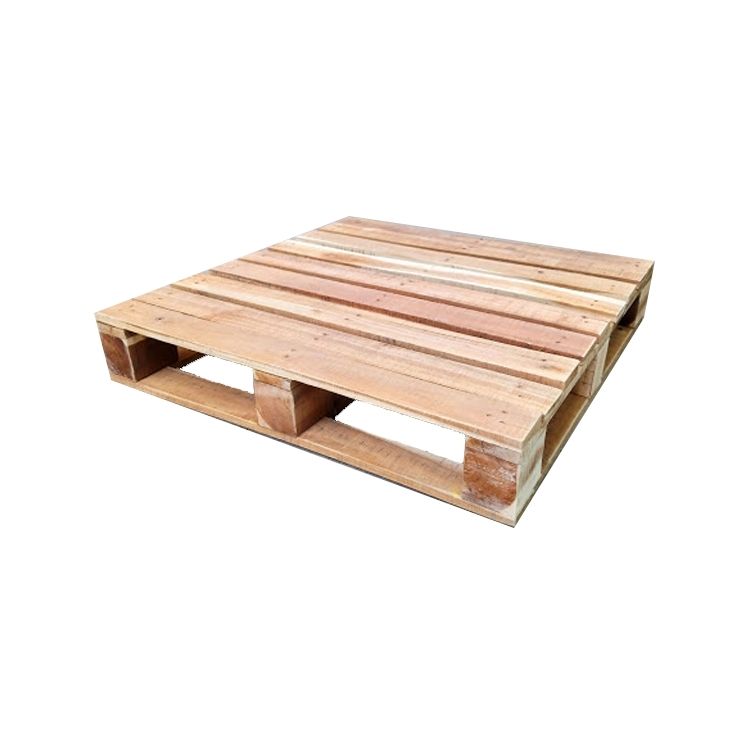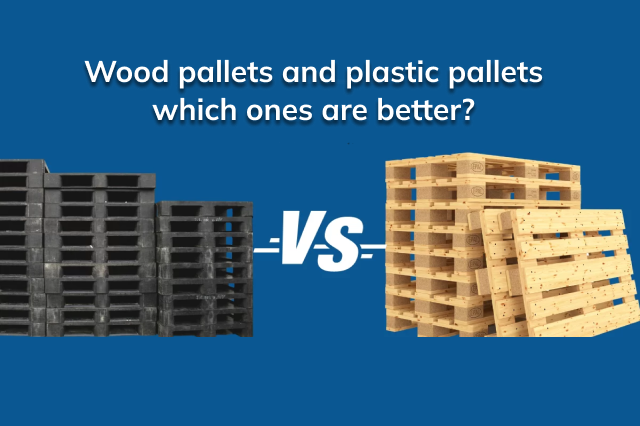
Pallets are an indispensable tool in the manufacturing and logistics industry. In any supply chain, you need to understand the importance of pallets. So you need to consider which type of pallet is best for all aspects of your business in the long run. Pallets are made from a variety of materials, but the most common are wood and plastic. In this article, we will cover the pros and cons of 2 types of wood pallets and plastic pallets, helping you understand the difference and make an informed decision when buying pallets for your business.
Advantages of plastic pallets and wood pallets
Plastic pallet
- One of the best advantages of plastic is that it lasts a long time.
Plastic pallets can reduce shipping costs because plastic is about 30% lighter than wood. - Businesses and users do not have to face delivery interruptions, such as when transporting wood, you must follow the regulations on wood pallets.
- Plastic can be cleaned easily.
- No mandatory certifications such as EPAL (European Pallet Association), and ISPM-15 are required for international shipping.
Wooden pallets
One of the main reasons people choose wood pallets is because it is the lowest cost method compared to plastic pallets or steel pallets. It is ideal for businesses with limited budgets.
Wooden pallets are also easy to repair and maintain, which helps businesses cut costs by replacing pallets. You can remove the damaged boards and replace them with new wooden planks instead of replacing the entire pallet. For damaging wood pallets, it can be recycled by disassembling and cutting into wood chips used for pulp production, compressed wood, and incense making,…
Wood pallets have the advantage of easier and faster production. It is very convenient for businesses that consume pallets in large quantities.
Pinewood pallets from countries such as Chile, New Zealand, and Brazil have a solid and durable structure, withstand large loads, and are resistant to mold. Besides, they also have high friction, making the shipment not easy to slide off when placed on the pallet.
Therefore, the safety level of wood pallets will also be higher than that of plastic pallets.
Disadvantages of plastic pallets and wood pallets
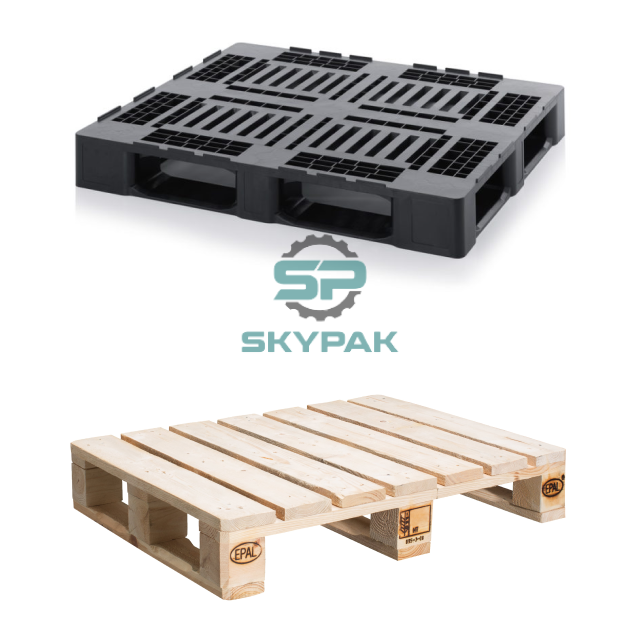
Plastic pallet
- The cost of plastic pallets is more expensive than wooden ones. Therefore, it can take a lot of investment costs.
- Plastic pallets cannot be easily repaired and recycled. If they crack or break, to make another one you have to melt the plastic and re-cast it.
- It is a rather time-consuming and inefficient method.
- Plastic does not have a good frictional ability like wood. As a result, they are slippery and less stable when stacked, resulting in goods and products that can easily slip off the pallet if care is not taken.
- Pallets are quite weak and easily broken if you choose poor-quality plastic pallets.
Wooden pallets
- The biggest disadvantage of wooden pallet products is that after a long time of use, they can quickly warp, mold, or weaken.
wooden pallets are difficult to clean, and susceptible to bacteria and mold growth when placed in a humid environment for a long time. - Because the wood contains invasive insects or pathogens. Wood pallets must go through a process of fumigation and strict inspection to achieve international certifications such as ISPM-15 and EPAL before they can be transported to the market. European market and fastidious countries.
- Wood is very flammable, causing fires.
While both plastic pallets and wood pallets have their distinct advantages, the final choice of use depends on a combination of factors such as the product, industry, current standards, regulations operations, budgets, and long-term economics.













